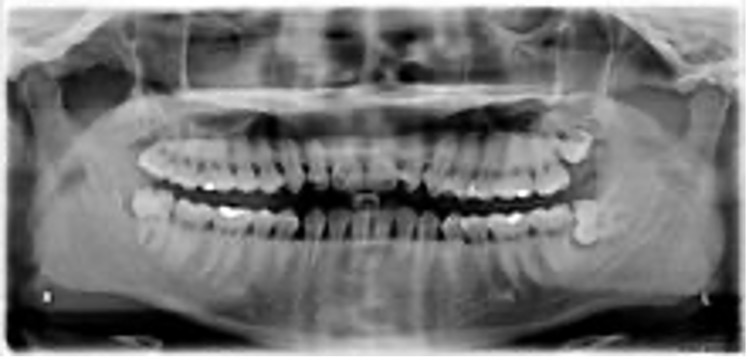No teeth in the mouth attract so much attention as the wisdom teeth.
What are wisdom teeth and why are they referred to as “wisdom”?
Are my wisdom teeth necessary?
These are some of the questions that will be answered in this issue.
What are wisdom teeth and why the name wisdom?
Wisdom teeth are scientifically referred to as 3rd Molars. Third Molars are typically the last set of teeth to come into the mouth. It is believed that they are called “wisdom teeth” because they appear relatively late in the life of the young adult. It also follows that people are a little wiser at this stage when the teeth come in, hence the term “wisdom teeth”.
The most common age to see wisdom teeth is between 18-24. If you can see them in the mouth, they would be the last four teeth at the back, both upper and lower arches. Also, their presence represents the largest time period between your 2nd molars and 3rd molars. Unfortunately, though 3 out of 4 persons have complications with their wisdom teeth.
Complications with wisdom teeth:
- The wisdom teeth may be lodged below the gum, only seen by an x-ray. This is called a tissue impaction.
- The tooth may be lodged below the gum and bone. This is called a bony impaction.
- The wisdom tooth may be laying down horizontally in the gum and/or bone and sometimes pinned up against the second molar.
- The wisdom tooth may be lodged very close to the nerve in the lower jaw or sinus in the upper jaw.
These complications are extremely common and as a result many young and older adults need removal.
Are my wisdom teeth necessary & why do they cause so many problems?
According to the Association of Oral and Maxillofacial Surgeons, 85% of all wisdom teeth are removed due to the above complications.
Anthropologists believe wisdom teeth were more necessary a long-long time ago because the diet then was mostly raw and coarse requiring much more biting forces and chewing ability. Today our diets are softer and do not require the grinding and mastication like our ancestors. This lack of demand is likely the cause of limited jaw growth. In essence, the functional demand is not there. Despite this smaller size jaw, we still produce the usual 32 teeth. When it is time for the wisdom teeth to erupt into the mouth the result is crowding, impactions, poor angulation and other complications.
Most wisdom teeth are simple to remove however because of their irregularly shaped roots and variation in their positioning they could be difficult to remove. As a result, Oral and Maxillofacial Surgeons are best trained to remove wisdom teeth, especially if they are bony impacted or close to the nerve or sinus cavity.
An Oral Surgeon or experienced dentist should take a 3D image or at least a Panoramic image to clearly see the tooth.
In closing, wise patients are those who get the facts and visit an experienced and compassionate dentist for advice and treatment. You can make your wisdom teeth story a favorable one if you discover the problem early and seek the proper treatment.
Dr. Kendal V. O. Major is Founder and CEO of Center for Specialized Dentistry which is a comprehensive family dental practice operating in Nassau and Freeport. He is the first Bahamian Specialist in gum diseases and dental implants since 1989. He also is a certified Fast braces provider. His practice is located at 89 Collins Avenue, Nassau at (242)325-5165 or [email protected].

Panoramic view of impacted wisdom teeth

Swelling and infection of the gum covering wisdom tooth

Tooth A is impacted and creating pressure on tooth B.
Tooth D is dropping down and damages the gum in C





